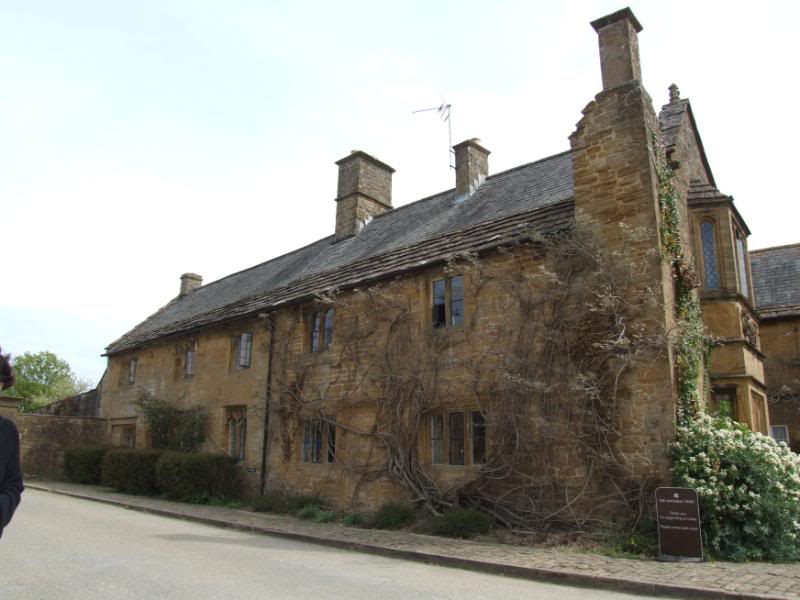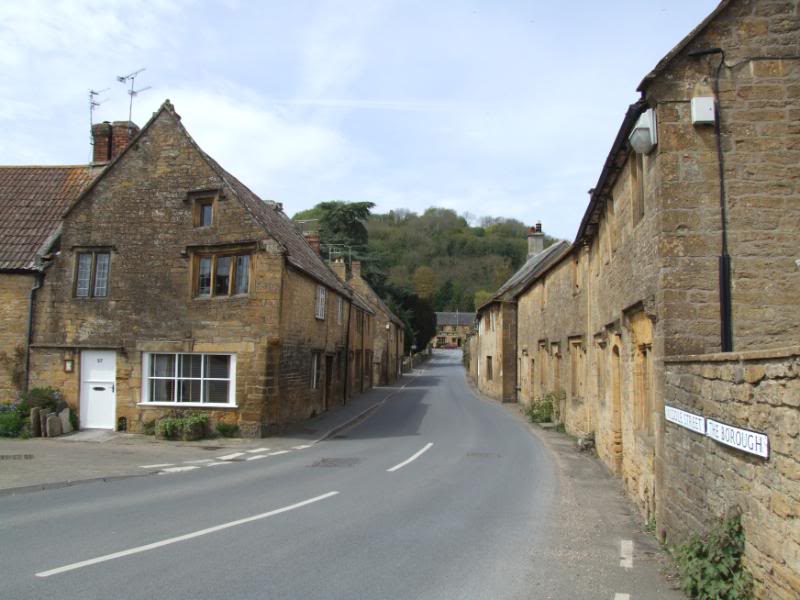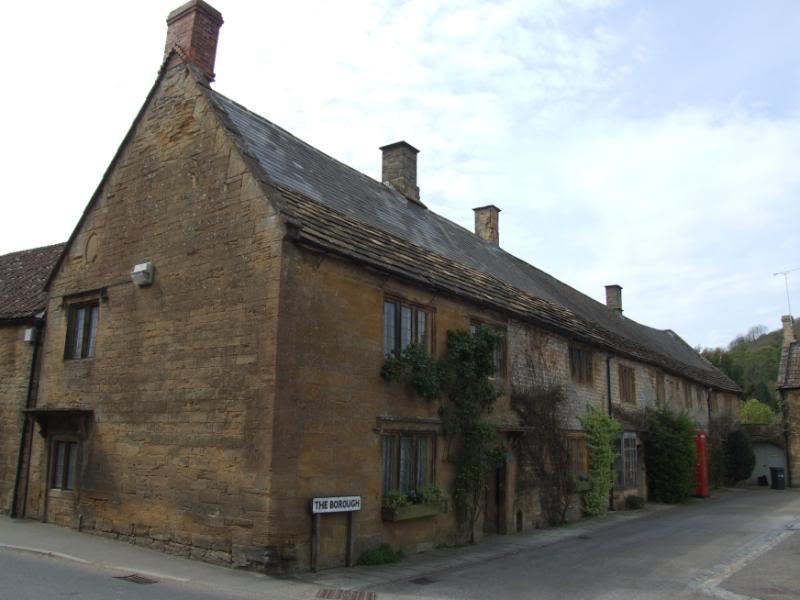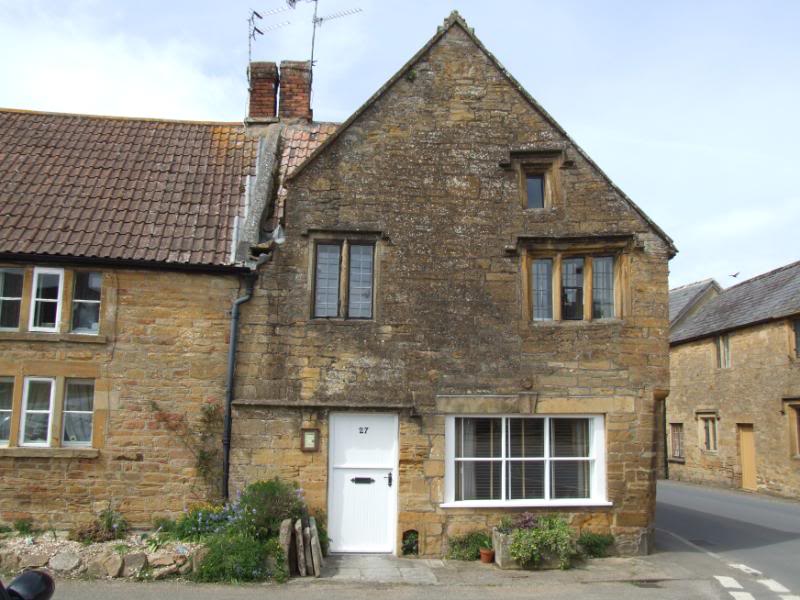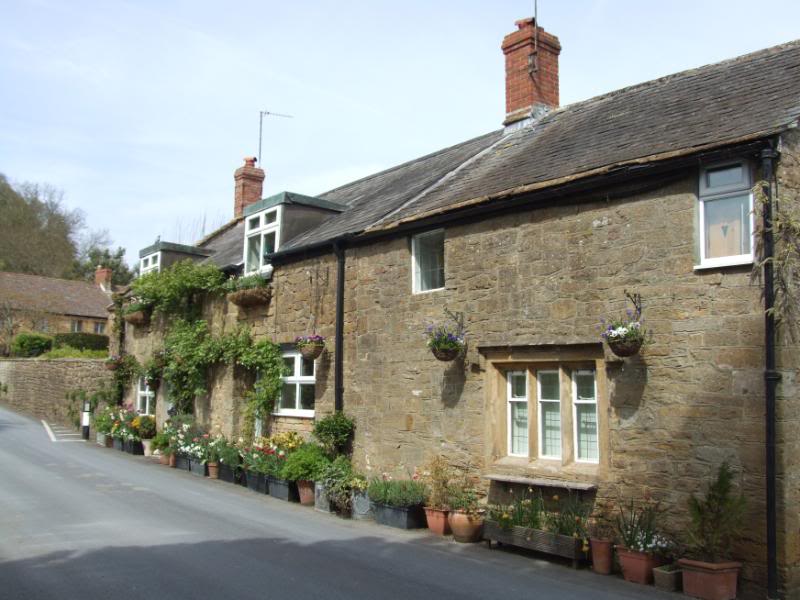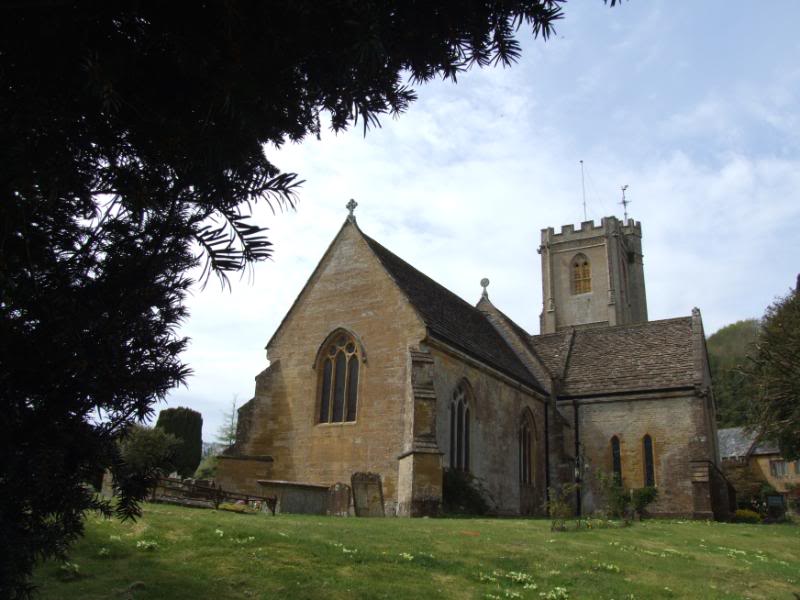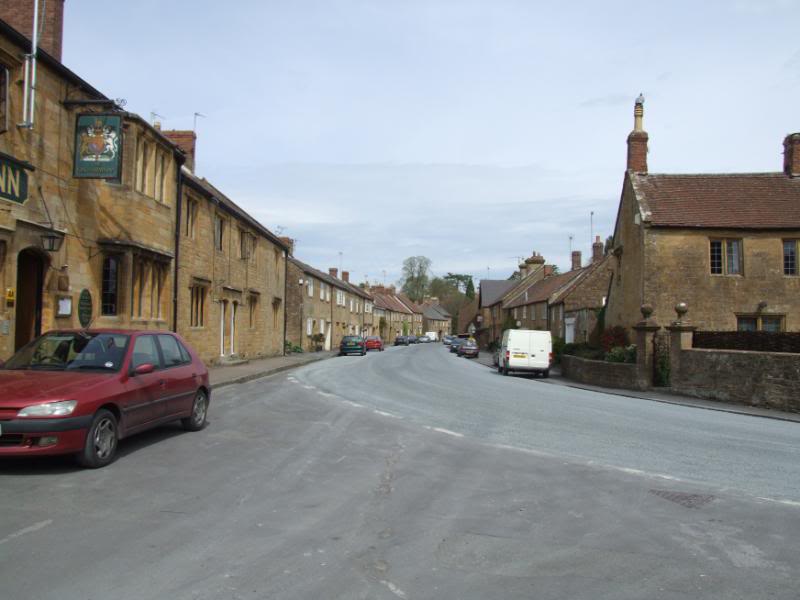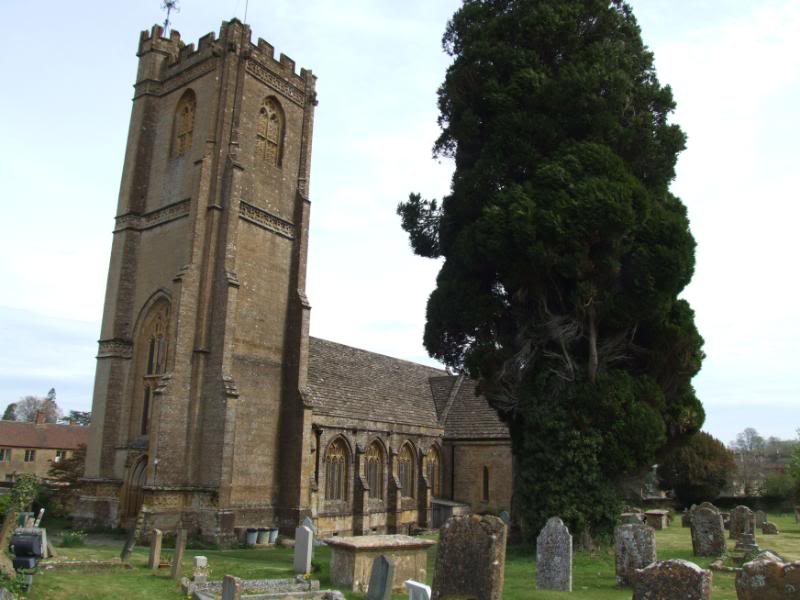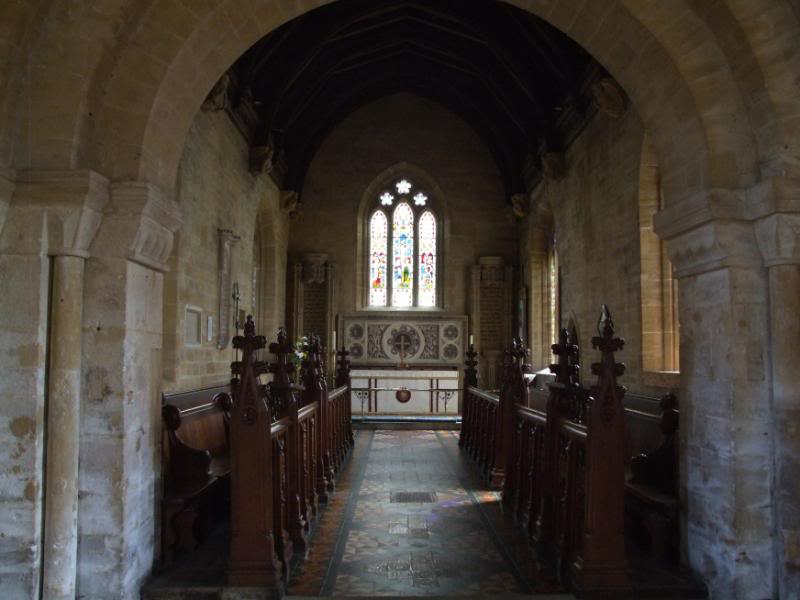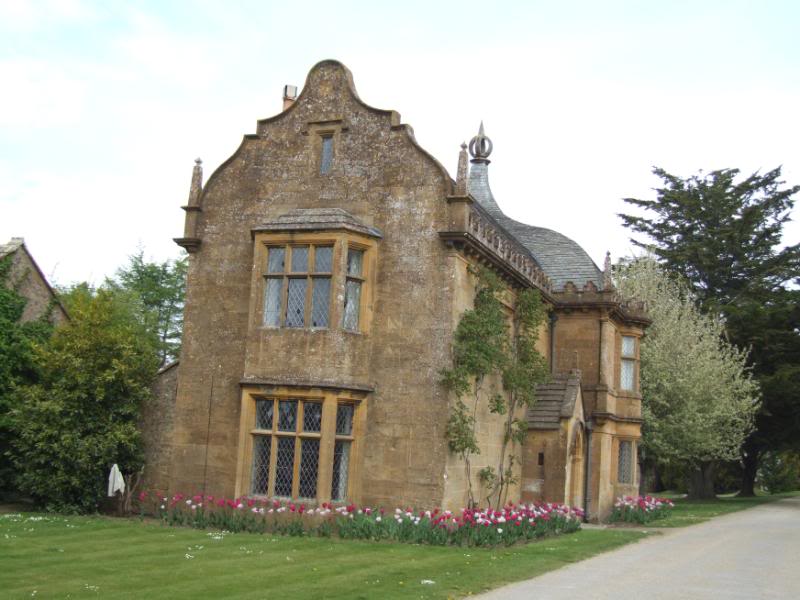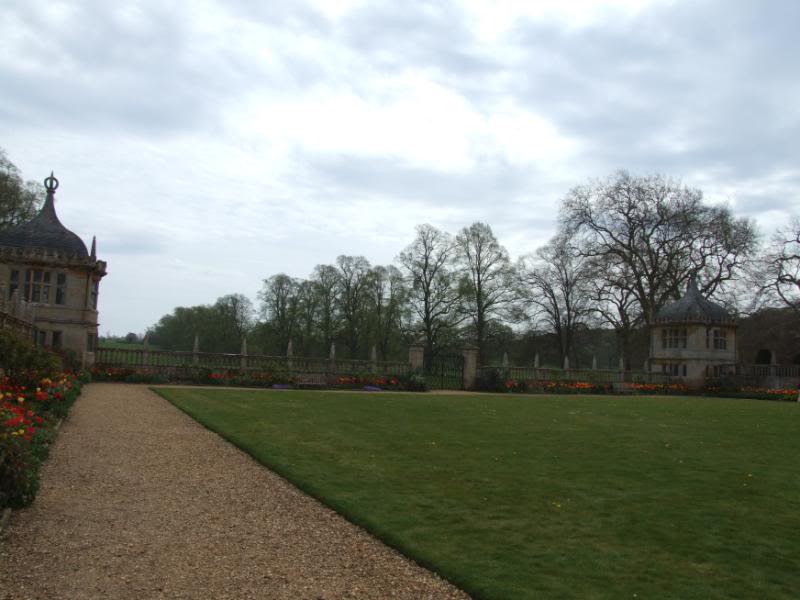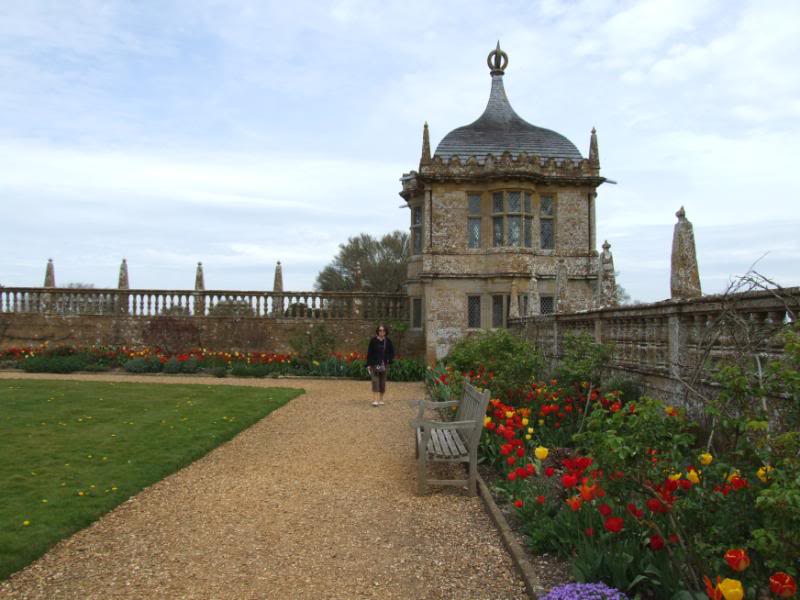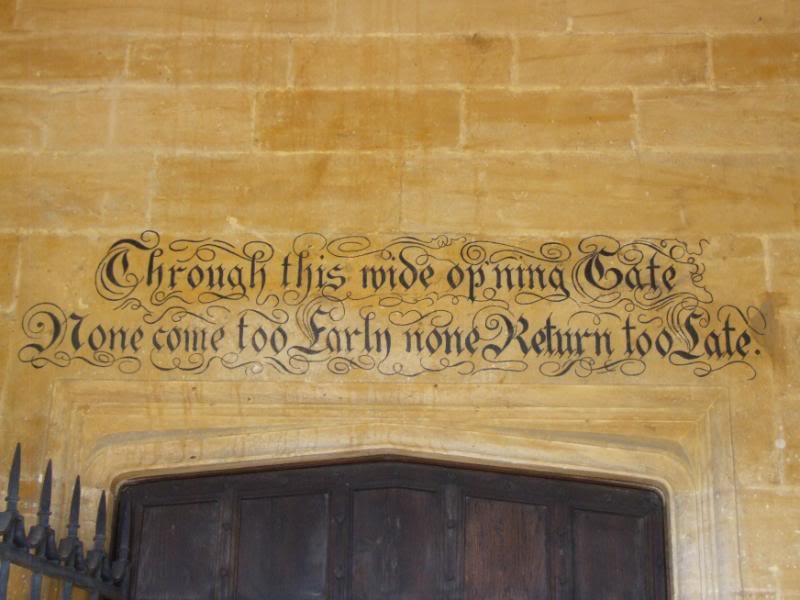Post by Dave on Sept 13, 2010 18:05:59 GMT
Montacute House (Near Yeovil)
28th April 2010
28th April 2010
It had been our plan to visit Montecute House in the afternoon after first going to Nunney Castle, but due to certain reasons we left much later than planed and we decided we might not get back in time in the afternoon and it made more sense to go to Montacute house first as the house has a last admission time and the Nunney castle is always open to look around it as the site is owned by the English Heratage and at this time there are no plans to charge people to see it.
While we loved the house we also fell in love with Montacute village itself and just had to walk around and explore it and we would have liked to have stayed there even longer, but as Nunney Castle was the place we really had wanted to see, we knew we would have to leave after lunch so that we had plenty of time to explore Nunney itself.
Around ten years ago I worked for a Newton Abbot based company for a while, it was trying to push into Dorset and I was working with a rep who lived near Dorchester in a village called Piddletrenthide. He would try and get the new customers and I would then go and meet them with him and also deleiver the goods to them.
One day after delivering to calls around Dorset inculding the Monkey World near Wareham I ended up meeting the rep at another new call the Marquis of Granby in Weymouth, it’s a resturant at the other end of the Gramby industrail estate from the Weymouth football ground.
It was the last place I was going to call on that day and the rep asked me if I knew the coast road way back, I now use that road twice a week to get to Weymouth but going the other way. I said no and he said from here you are already really on it so just keep driving until to get to Bridport.
So I said goodbye to the rep and set of along the coast road and I have never forggotten the magic feeling I felt when I first came apon Abbotsbury and drove through it as slowly as I could so I could take it all in.
Its been a long time any village has ever gave me such a great feeling when I have been seeing it for the first time, well that was until we drove into Montequte, just loved the place and there really are so many tresures we have in this country we should all try and get to see, who really needs to go aboard when we don’t even explore just what we have here on our doorsteps.
A piece on the house itself
Montacute House, Somerset
Amidst the gentle contours of the Somerset countryside stands a wonderful old and weathered mansion built in the soft, honey-coloured tones of the local limestone. Barely managing to survive a past fraught with financial difficulties, Montacute's future is still by no means guaranteed and continued efforts to bring in revenue are an absolute necessity to save Montacute House from disappearing without trace. Having once been described as "the most beautiful Elizabethan house in England" this would be an unthinkable tragedy for a house embracing such a colourful history.
Built at the end of the 16th century for Sir Edward Phelips, a successful lawyer and politician, this fine house was a symbol, not only of his wealth, but also of his high social standing. It was Sir Edward that gave the opening speech for the prosecution at the trial of Guy Fawkes. When first completed, it must have presented an awesome spectacle, displaying almost a complete wall of windows interlaced with elaborate carved detail, niches and sculptures, and then gracefully roofed with curved gables and slender columned chimneys. Originally, there was a grand gatehouse entrance, set between the remaining pair of domed pavilions, and these buildings would have provided additional accommodation for guests.
Inside Montacute House, Sir Edward's status is again clearly denoted by the extent of the most important room of the time, the long gallery. A spectacular and most impressive area, stretching the entire 172ft (52.1m) from one end of Montacute House to the other, and with a cluster of smaller rooms leading off the gallery at either end. Today this room retains its importance in the 100 historic portraits it now exhibits, as a result of a joint venture between the National Trust and the National Portrait Gallery to draw in additional visitors, thereby increasing revenue.
As Montacute House passed through the generations, few alterations appear to have been made before the 1770s. This was inevitably due to financial restraints, as it is known that most of the fine furniture installed by Sir Edward was sold after the Civil War to pay off debtors. In 1728 Montacute House was said to be in a bad state of neglect resulting from a complex inheritance arrangement.
However, extensive restoration work was carried out 50 years later, including the rebuilding of the west front. The height of fashion at this time was to adopt a classical look, but Montacute's façade is more a combination of Gothic and Renaissance motif work, French in origin, and dating from the early 16th century.
Most of this ornamental stonework, including the delightful heraldic beasts keeping watch on the parapets, was bought second-hand following the demolition of another local country house.
Two further lean periods during the early 19th and 20th centuries again resulted in Montacute House being stripped of all contents and, following a lease of the property to Lord Curzon and his mistress, Montacute House was finally put up for sale in 1929. By the generosity of Ernest Cook, grandson to the founder of the travel agent group, Montacute House containing only a few family portraits, and Lord Curzon's bath, was presented to the National Trust. Now partly furnished with gifts, bequests and loans, and the gardens beautifully planted out with the help of Vita Sackville-West, it is possible to feel the gradual re-awakening of a house that came so close to being lost forever.

